These summer vegetables grow on sprawling vines that can be grown on mulched raised beds or vertically with the help of a trellis structure. Though choosing summer squash and gourd varieties to grow & harvest is a matter of personal taste and garden availability of space, all of them are perfect for hearty summer recipes.
Here are some gardening tips & the most common summer squash and gourd varieties you can grow at home.
Zucchini

This classic summer vegetable requires very little maintenance throughout the growing season. Since zucchini likes rich soil, they are best on raised beds or mounds of soil mixed with aged compost. Group two or three plants together for better pollination. Shop zucchini seeds online for growing and harvesting this summer.
Bitter Gourd

The quintessential Karela is a staple in Indian kitchen gardens throughout the summer season. Though an acquired taste, bitter gourd is a nutritional power plant with an abundance of iron, beta carotene, potassium, calcium and vitamins B1, B2, B3 and C. Like other relatives of the summer squash family, bitter gourd grows on vines that can grow up to 10 to 15 ft long. Learn more about growing bitter gourd with our detailed guide. Grab your pack of bitter gourd seeds here.
Pumpkin Green

Pumpkin green is ideal to grow in summers as well as in the rainy season. The shining dark green skin with bright orange flesh is a common sight in gardens and farms. Growing pumpkin green requires 100 to 120 days of direct sunlight for the fruits to reach their maturity. Pumpkins require a lot of space to grow well so they are not the ideal candidates for a container garden.
Pumpkin Halloween

Now that Halloween is becoming prevalent in India, you must have set your eyes on a carved jack-o-lantern. Well, pumpkin Halloween is more than just fall decor. Pumpkin Halloween is a great variety to grow for both sweet and savoury recipes. Pumpkin Halloween seeds produce the fruit of 4-5 KGs upon full maturity. Create a raised bed or mound covered with lots of mulch to grow pumpkin Halloween. Make sure there is a distance of 6 to 8 ft between each patch and 12 to 15-inch space between two plant vines.
Sponge Gourd

The sponge gourd, also known as Loofah gourd or Tori in Hindi, has a dark green cylindrical fruit that grows on climbing vines. Sponge gourd is best harvested when it is about 10 to 12 inches in length. Sponge gourd, like zucchini, has a mildly sweet taste. Growing sponge gourd in the summer or rainy season is recommended since it thrives in hot and humid conditions.
Apple Gourd

Tinda or Apple Gourd is a small variety of gourd that grows on vines that can grow up to 1-2 meters long. Like other members of the summer squash family, apple gourd has a mild flavour & takes on accompanying flavours of spices when cooked. Apple gourds can be grown in containers with vertical support due to their small size.
Bottle Gourd

The shape and size of bottle gourds can vary depending on the variety you choose to grow. While bottle gourd bulb, as the name suggests, has a bulb shape, bottle gourd long, on contrary is sleek and tender. Both varieties can be planted in the summer and rainy season and will get ready for harvest in 60 to 65 days after sowing. Buy bottle gourd seeds.
How To Grow & Harvest Summer Gourds & Squashes

Summer is the perfect time to grow and enjoy the abundance of vegetables from your kitchen garden or terrace garden. Summer gourds & squashes, in particular, are a must-grow considering the range and bounty of fruits they can produce. Before you decide to grow your own summer squashes, take a look at some important growing requirements.
Location

All varieties of summer gourd & squash required 6-8 hours of direct sunlight to grow. Partial sun can lead to stunted vines and hinder the growth of fruit upon maturity.
Soil Requirements

Plant summer gourd/squash seeds in loose, well-draining soil that is rich in organic matter. It’s always a good idea to prepare the planting beds before sowing. Add some aged manure or organic compost to the potting soil and create a light fluffy mix before planting. Learn more about gardening soil preparation here.
Planting Seeds

Sow both summer squash and gourd seeds at a depth of 2 to 3 inches. The seeds can either be directly planted in raised mounds outdoors or started indoors early in spring and then transplanted outdoors. Space the growing patches at least 6 to 8 ft apart to allow ample space for vines to grow well. Sow 4-5 seeds per growing patch and thin to the 2 strongest seedlings. There must be a distance of 5-6 inches between two seedlings. Seeds will germinate in 10 to 15 days depending on the variety in soil temperatures ranging between 15 to 25℃. The planting beds can be mulched once the seedlings have appeared.
To grow summer squash vines in a vertical garden and save on space, it is best to add a fence or A-frame trellis at the time of planting so as not to disturb the roots later on.
Watering

Since summer squash vines are grown in full sun, the soil is susceptible to drying relatively quickly. This can cause the vines to wilt and die. Summer squash plants and roots require evenly moist soil to grow. Check the soil 8 to 12 inches below the surface, if it feels dry, it’s time to water. Avoid wetting the foliage as it can lead to fungal diseases. Mulching is also a great way to retain soil moisture for longer. It’s also a good idea to feed the soil with some compost tea after every 2-3 weeks.
Pruning & Pollination

Once the vines have grown at least 6 inches in length, pinch off the growing tips to encourage side shoots which will ultimately grow the summer squash fruits. You can also start pinching off a few female flowers to encourage the plant to produce better fruits.
Also, squash vines produce male and female flowers which are pollinated naturally by bees, butterflies or wind to make the fruit. Make sure there are plenty of these helpful garden guests around. The male flowers will eventually drop to the ground.
Common Pest And Diseases

Squash vine borers, aphids, bugs and cucumber beetles are the most common pests that can invade your summer squash patch. Put some row covers in place when the plants begin to flower and remove them before pollination has to occur. Moreover, you can also keep a daily check-up schedule and use organic pest repellents like neem spray to address these unwanted pests.
In addition to this, leaf blight, mosaic virus, powdery mildew and blossom end rot are the diseases to watch out for when growing summer squash. Ensuring even watering, proper drainage and aeration is the way to avoid these fungal problems.
Harvesting & Storing

Harvesting summer squash varieties has to be the best part of a summer garden. It’s best to harvest summer squash when they are small to medium-sized since that is when they are more tender and flavoursome. Pick the squash fruit with the help of gardening shears leaving about 2-3 inches of stem on top. This will help keep the squash fresher for longer.
And did you know that those beautiful squash blooms are also edible? Go ahead and pick a few for your next salad or appetizer.
That brings us to the end of this easy to follow guide on growing summer squash. Grow your own this summer and enjoy your freshly harvested summer squash.


 Sign In
Sign In



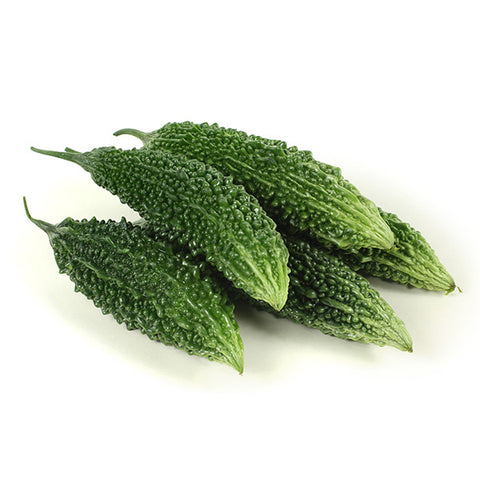
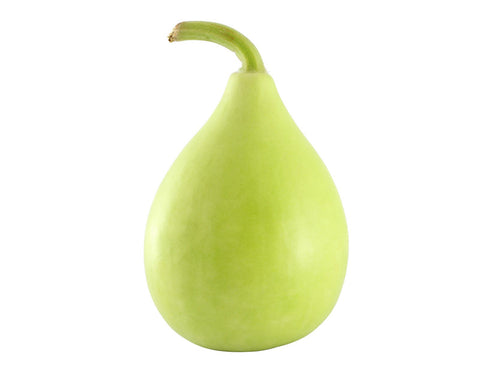
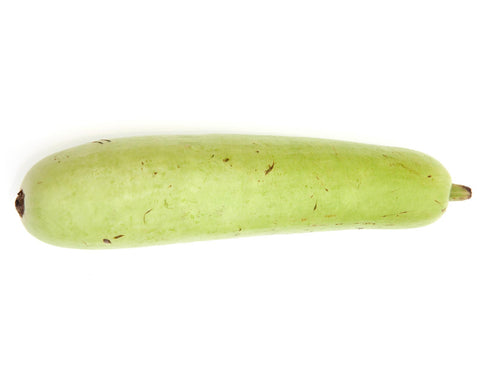

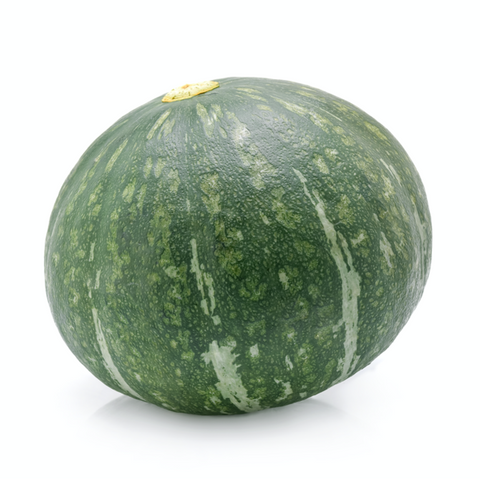


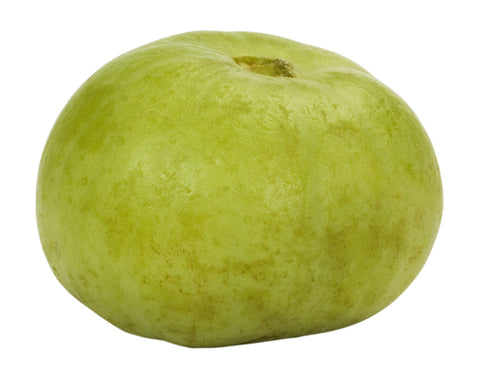
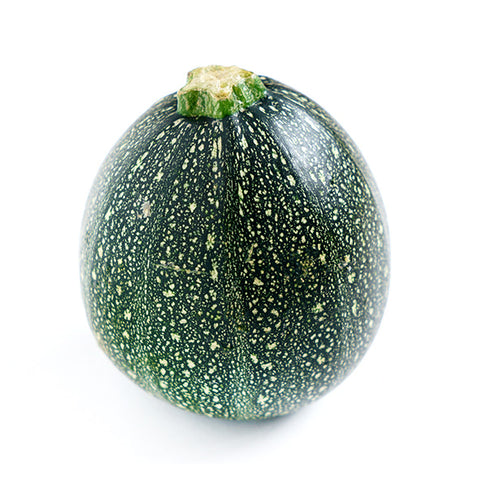


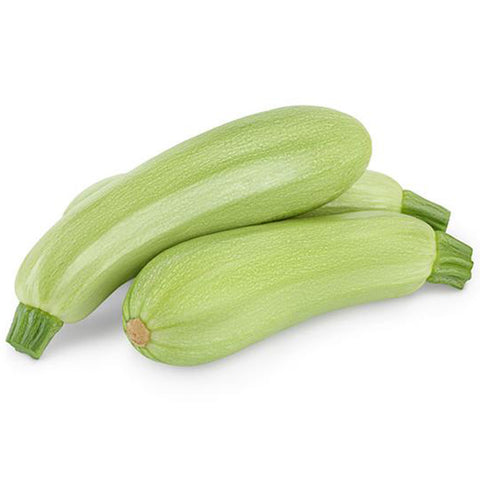






Let us know your feedback
* Comments must be approved before being displayed.